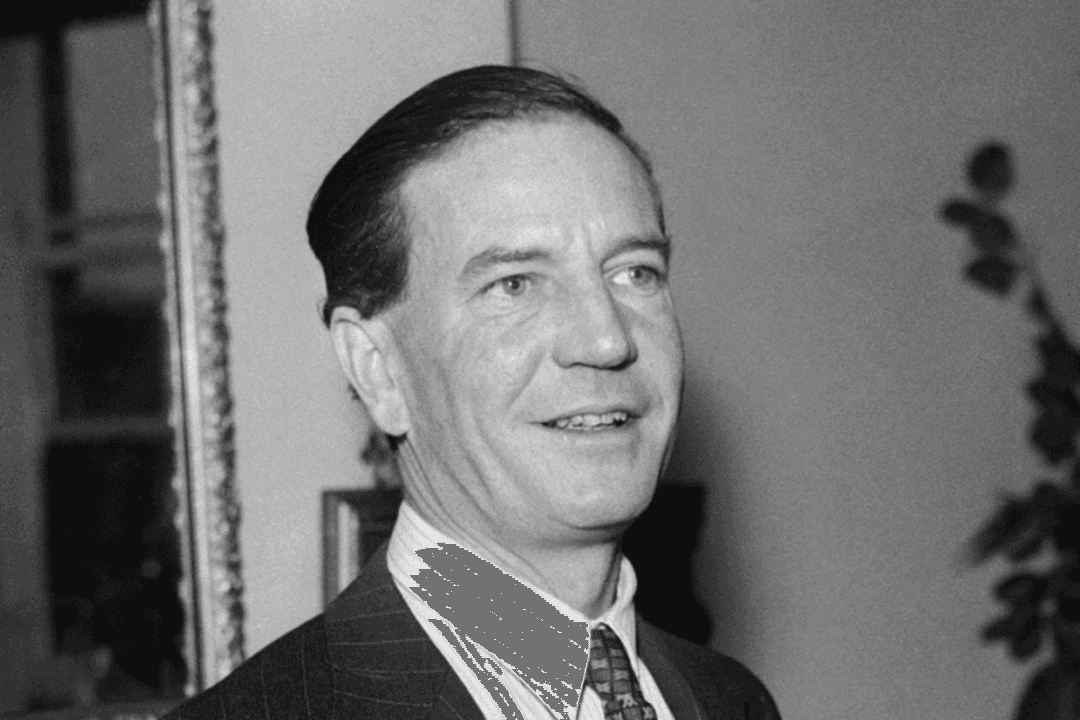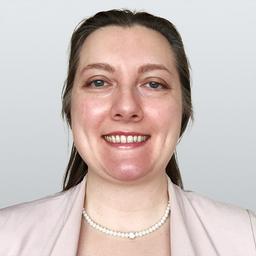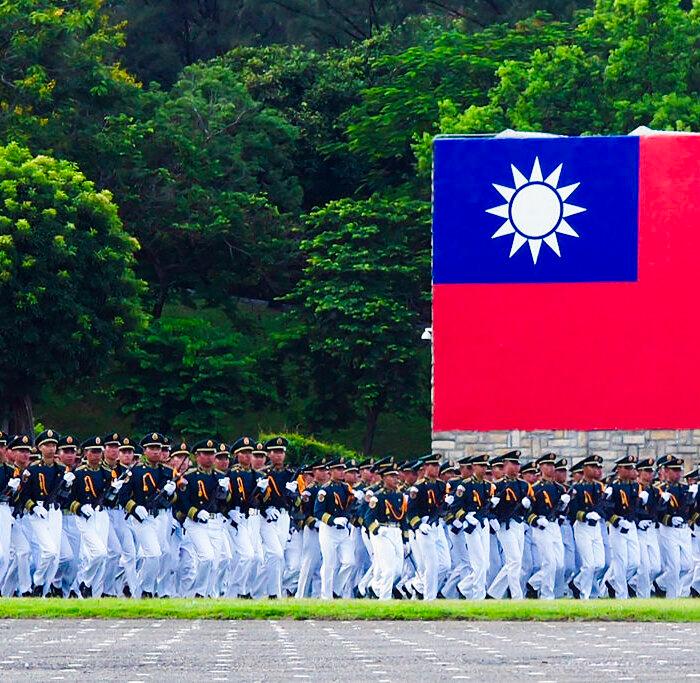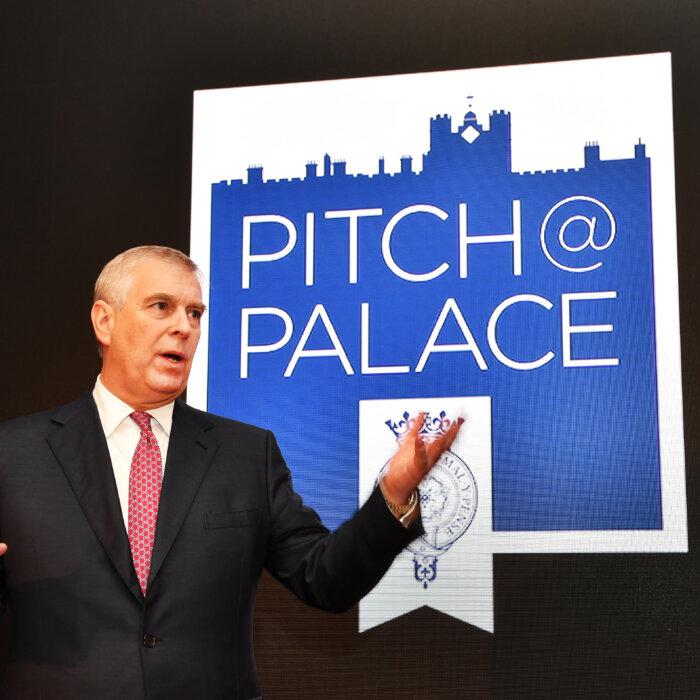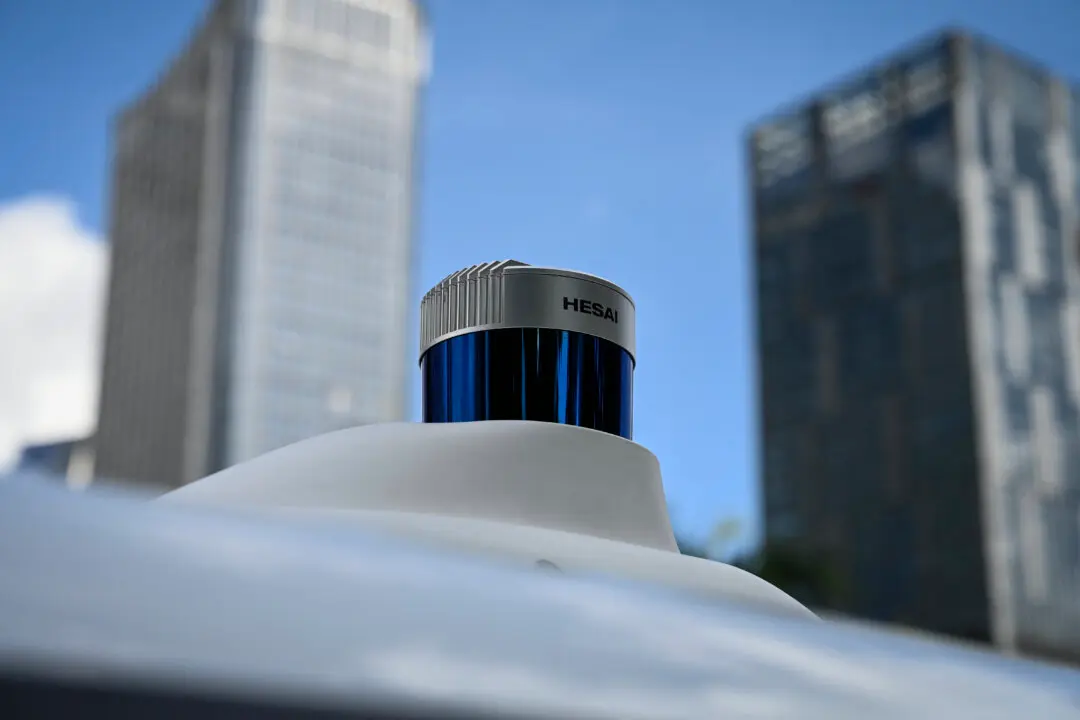A Cambridge spy said he would have done it all again, after finally admitting he had been a Soviet agent for 30 years, newly-declassified documents reveal.
Transcripts and other documents from the 1960s detail how Harold “Kim” Philby, who died in the Soviet Union in 1988, admitted his treachery to friend and MI6 colleague, Nicholas Elliott.
Parts of the materials released by the National Archives on Tuesday were transcripts of the conversations between the two men, which were secretly recorded at the time by MI6.
For years, Philby was a high-ranking member of the Secret Intelligence Service (SIS or MI6), and was tipped to become the foreign intelligence agency’s future chief.
But at an MI6-owned flat in Beirut, Lebanon, on Jan. 9, 1963, the 51-year-old told Elliott that he was ready to confess that he had been working as an agent for the USSR since the 1930s.
Philby had told Elliott that he likely would not have spoken to anyone else, “and when you yourself told me that you believed the evidence against me, that really did it. Here’s the scoop, as it were.”
The spy had said he “had this particular moment in mind for 28 years almost, that conclusive proof would come out.”
Philby told Elliott: “I really did feel a tremendous loyalty to MI6, I was treated very, very well in it and I made some really marvellous friends there. But the over-ruling inspiration was the other side.”
In his report, Elliott noted of Philby, “If he had his whole life to lead again, he would probably have behaved in the same way.”
Cambridge Five
Two days after their conversation, Philby met with Elliott again, handing him a six-page typed account of his recruitment and work with the communists. Shortly afterwards, he slipped away on a Russian steamer and defected to Moscow.The transcripts form part of a group of previously top secret MI5 files released to the National Archives, covering the security service’s early years from before the First World War to the 1970s.
Philby was a member of the Cambridge Spy Ring, or the Cambridge Five, along with Donald Maclean, Guy Burgess, Sir Anthony Blunt, and John Cairncross.
They were so called because they had all been recruited by Soviet agents during their time at or after studying at the University of Cambridge.
In the years that followed, the five men were able to work their way into senior positions in Whitehall, British intelligence, and the Foreign Office.
The spy ring was active between the 1930s to 1950s, during World War Two and the beginning of the Cold War.
The first two to be uncovered were Maclean and Burgess, who had both fled to Russia in 1951 to escape being outed as spies; American codebreakers had been getting close to decoding secret messages Maclean had sent while posted to Washington during the Second World War.
Philby the ‘Enigma’
However, the security service, MI5, was unable to prove his guilt and he was quietly readmitted to MI6 in 1956, where he was sent to Beirut to operate under the cover of being the Middle East correspondent for The Observer.Then in late 1962, fresh evidence had emerged and the head of MI6, Sir Dick White, had dispatched Elliott to confront Philby in Lebanon.
Other records released by the National Archives showed that MI5’s investigators were baffled by Philby, with interrogators left convinced of his guilt, but unable to produce the conclusive evidence.
Eventually, MI5’s top interrogator, Jim Skardon, spoke to Philby but said he found him to be “more of an enigma than ever.”
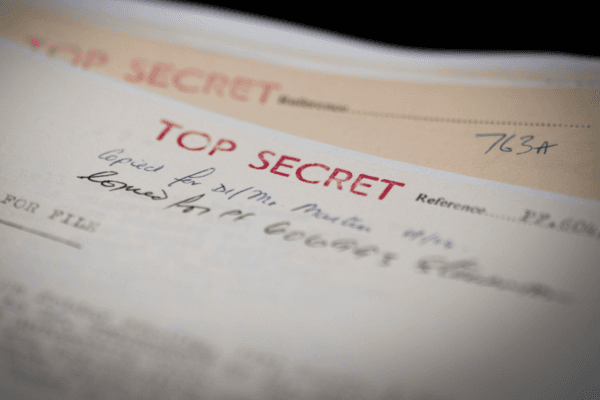
According to the declassified documents, Skardon said that he was perplexed that Philby was not more upset at being accused of espionage. Skardon then rationalised that his SIS training had given Philby the ability to maintain a poker face.
This left MI5 agents admitting at the time they had nothing to corroborate their suspicions, writing they would continue to monitor Philby’s activities.
Blunt, who became the surveyor of the Queen’s pictures and a distinguished art critic, eventually admitted to his treachery in 1963. He cooperated with authorities in exchange for immunity, which allowed him to continue in his role until his retirement in 1972.
In 1964, Cairncross admitted to espionage but was not prosecuted. He was not publicly identified as the fifth man in the spy ring until he was named in two books by former KGB agents in 1990 and 1995.
